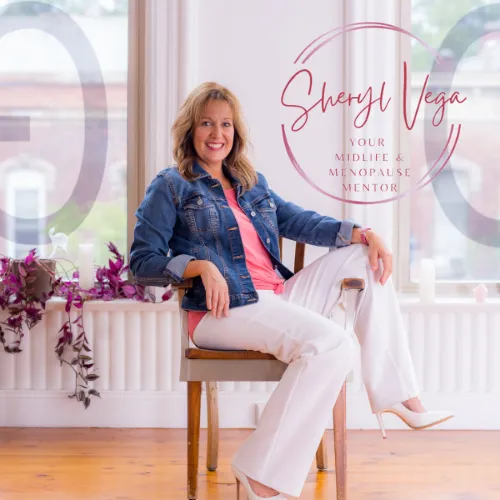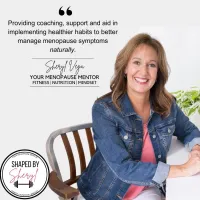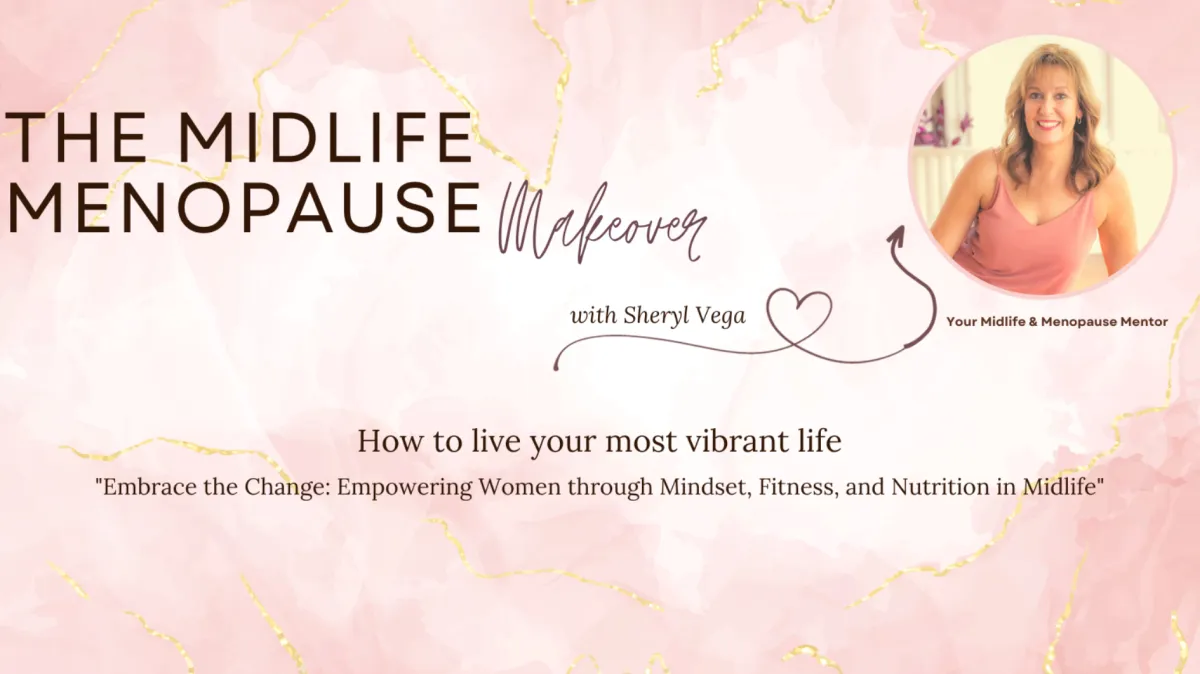“Midlife is not your ending—it’s your awakening!"
Midlife Monday
Subscribe to receive your copy directly in your inbox every Monday

Balancing Moods: My Journey to Emotional Stability
Today I want to open up about the mood swings that can come with hormonal changes and how I've managed to keep my emotions in check. Ill be sharing personal experiences and the techniques that have helped me—like mindfulness, support systems, and even professional guidance—to help achieve emotional balance. (all without any anxiety meds😊, not that there is anything wring with them)
As we navigate the midlife journey, one of the most challenging aspects can be the emotional rollercoaster that often comes with hormonal changes. I remember when the mood swings hit me—one moment, I felt like I was on top of the world, and the next, I was teetering on the edge of tears or frustration. It was as if my emotions were playing a game of ping-pong, and I was the ball. But over time, I learned to manage these shifts and find a sense of emotional stability that has allowed me to thrive in this new phase of life.
The Rollercoaster Ride
The emotional ups and downs came out of nowhere. One day, I was calmly going about my business, and the next, I found myself snapping at the smallest inconvenience or feeling inexplicably sad. (Like crying over an ASPCA commercial kinda out of nowhere sad) It wasn’t just frustrating—it was exhausting. I knew I needed to do something, not just for my own sake but for the people around me who were often caught in the crossfire.
Mindfulness: My Anchor in the Storm
Mindfulness became my first line of defense against the emotional turbulence. I started with simple breathing exercises, focusing on inhaling and exhaling slowly to ground myself in the present moment. Over time, I incorporated short meditation sessions into my daily routine. Even just five minutes of quiet reflection helped me to step back from my emotions and observe them without judgment. This practice allowed me to recognize that my feelings, while intense, were temporary and manageable.
A technique that worked wonders for me was the "5-4-3-2-1" grounding exercise. When I felt a wave of anxiety or frustration coming on, I would stop and identify five things I could see, four things I could touch, three things I could hear, two things I could smell, and one thing I could taste. This simple exercise shifted my focus away from my emotions and brought me back to the present, where I could regain control. I use it with my daughters too when they are having moments of anxiety.
Building a Support System
I also found that sharing my experiences with others was incredibly healing. I reached out to friends who were going through similar changes and found comfort in knowing I wasn’t alone. Together, we became each other's sounding boards, offering empathy and understanding without judgment.
My support system extended beyond friends—I sought professional guidance as well. A therapist helped me understand the root of my emotions and provided me with coping strategies tailored to my needs. We worked on cognitive-behavioral techniques to challenge the negative thought patterns that often accompanied my mood swings. Having that professional support made a world of difference, giving me the tools to navigate my emotions with confidence.
The Power of Movement
Physical activity became another essential tool in my emotional toolkit. Regular exercise helped to release the tension that often built-up during mood swings and boosted my overall sense of well-being. I found that activities like strength training and going out for a brisk walk were particularly effective in calming my mind and soothing my spirit. And at the same time releasing positive endorphins. (Your Happy Hormones) On days when I felt overwhelmed, a quick workout session or a walk outside in nature provided me with the clarity and calm I needed to reset my emotions.
Nourishing My Body and Mind
I also paid closer attention to my diet, realizing that what I put into my body had a direct impact on my emotional state. I began to focus on foods that supported hormone balance and brain health—things like omega-3 fatty acids, magnesium-rich foods, and plenty of fresh fruits and vegetables. Avoiding caffeine and sugar became essential, as these often triggered more pronounced mood swings. (grab my FREE 7 Day Hormone Balancing Meal plan)
In addition to nourishing my body, I made sure to feed my mind with positivity. I started a gratitude journal, where I wrote down five things I was grateful for each day. This simple practice shifted my focus away from what was going wrong to what was going right, which had a profound impact on my overall mood.
Practical Tools for Emotional Balance
If you’re finding yourself on the emotional rollercoaster, know that you’re not alone, and there are steps you can take to regain control. Here are some practical tools that have helped me achieve emotional balance:
1. Mindfulness Exercises: Start with deep breathing or the "5-4-3-2-1" grounding technique to bring yourself back to the present moment.
2. Build a Support System: Reach out to friends, family, or a professional therapist who can provide guidance and understanding.
3. Incorporate Regular Exercise: Find a physical activity you enjoy, whether it’s yoga, walking, or something else, to help release built-up tension.
4. Nourish Your Body: Focus on a balanced diet rich in nutrients that support hormonal and emotional health. (grab my FREE 7 Day Hormone Balancing Meal plan)
5. Practice Gratitude: Keep a gratitude journal to shift your focus towards the positive aspects of your life.
6. Seek Professional Help: If mood swings are overwhelming, don’t hesitate to seek help from a healthcare provider who can offer personalized advice and treatment options.
Embracing Emotional Stability
Balancing moods during midlife is no easy feat, but it’s absolutely possible with the right tools and support. By focusing on mindfulness, building a strong support system, staying active, and nourishing my body and mind, I’ve found a sense of emotional stability that allows me to embrace this stage of life with grace. If you’re on a similar journey, remember to be kind to yourself and take it one step at a time—you’re stronger than you know.
If your needing more guidance take a look at my Active and Ageless: 10 Weeks to Making Fitness a Lifestyle, where we dive into 7 different midlife topics, including stress and emotional regulation during midlife, along with an additional 3 modules which help solidify this lifestyle change and make it stick!

"Active & Ageless" includes weekly coaching calls for the entire 10 week program that is conveniently located in your private membership portal. Don't miss this opportunity to transform your body and create a healthier, happier you.
Here's to staying Active & Ageless and feeling our best in our aging years!
In Health & Happiness
Sheryl Vega





Facebook
Instagram
Youtube
TikTok